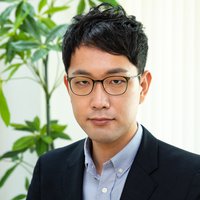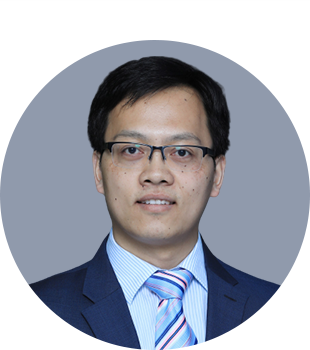Approaching the fundamental physical limit of the silicon transistor, Moore’s Law scaling in mainstream semiconductor technology is slowing down, so the continuous improvement in conventional computing hardware performance is getting increasingly difficult. Meanwhile, the rapid development of emerging technologies such as artificial intelligence demands revolutionary hardware with faster speed, higher computing power, and energy efficiency.
To address this challenge, Jianshi Tang has been researching the development of faster and more efficient computing technologies with innovations in material, device, and architecture.
In 2008, Jianshi, who was only 20 years old, began his Ph.D. career in the Department of Electrical Engineering at the University of California, Los Angeles. After receiving his Ph.D. in 2014, he joined the IBM Research Center as a postdoctoral researcher, and was later promoted to be Research Staff Member in 2018.
During his time at the IBM Research Center, Tang became a leading expert in carbon electronics developing high-speed logic technology and flexible electronics using carbon nanotubes (CNTs). He has resolved many critical challenges with innovative solutions for CNT devices and circuits in the area of carbon electronics, such as those for CNT purification, innovative methods of CNT placement, contact engineering, transistor scaling, and integration.
With these innovations, Tang was able to demonstrate flexible ring oscillators with a record-low stage delay of only 5.7 ns, which represented the fastest flexible circuit speed reported with any nanomaterials. He further expanded his solutions to build an integrated flexible pressure sensor with high sensitivity, high resolution, and fast response for artificial skin applications.
Tang joined the School of Integrated Circuits of Tsinghua University as an assistant professor in 2019 and was promoted to associate professor in June 2021. He has been working on energy-efficient neuromorphic computing using emerging memories to address the “memory wall” and “power wall” bottlenecks faced by conventional von Neumann architecture.
Tang has demonstrated a novel electrochemical random-access memory (ECRAM) as an artificial synapse with excellent symmetry and linearity to enable high-speed low-power neuromorphic computing. He has also invented a novel TPT-RAM memristor based on reversible topotactic phase transition to realize controllable analog resistive switching, which addresses the intrinsic variability issue of conventional memristors.
To make the artificial neural network more complete and bio-plausible, Tang's team has developed a dynamic memristor as an artificial dendrite for the first time, and further built a novel neural network by incorporating dendritic computing to significantly improve the network accuracy by 8% and energy efficiency. He further used this dynamic memristor to implement a novel parallel reservoir computing system, which achieved record-low error rate in spoken-digit recognition and chaotic system prediction.
In the future, Tang will continue his research on developing large-scale advanced integration technology of memristors based on a variety of neuromorphic devices, as well as building neuromorphic chips with high computing power and efficiency. He would also like to explore potential artificial intelligence applications and promote the industrialization of neuromorphic computing technology.




